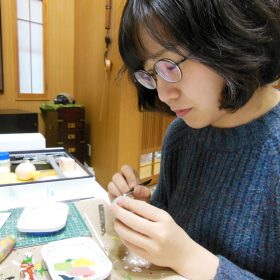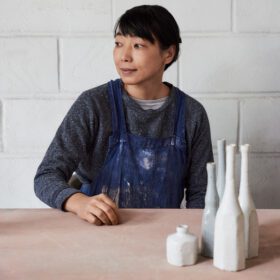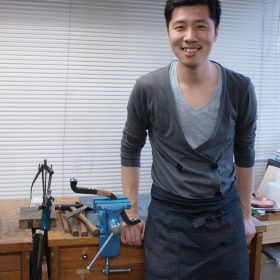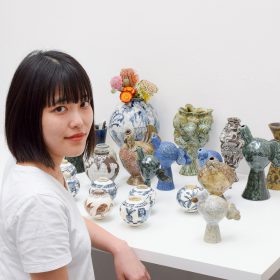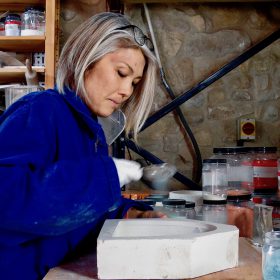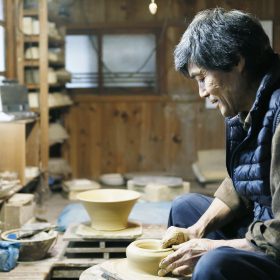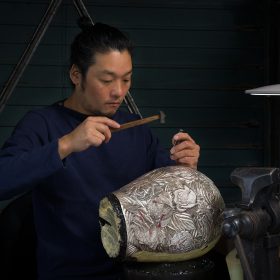This August we present A Japanese Design, in the spirit of the International Festival. Our exhibition brings together an impressive selection of Japanese makers, many of whom have trained in the UK or have made their home here and have been represented by The Scottish Gallery for the span of their professional careers. The Gallery has been instrumental in placing many of the artists’ works in Public Collections. Many disciplines are explored by artists specialising in ceramics, glass, jewellery and metalwork and we can remark on the Japanese creative ability to master and innovate in a chosen medium; embracing and advancing tradition.
The Scottish Gallery would like to thank Adrian Sassoon London, who represents Hiroshi Suzuki and Hitomi Hosono, for their generous help and input.
A Japanese Design features work from: Miki Asai, Professor Koji Hatakeyama, Akiko Hirai, Professor Yasuki Hiramatsu, Hitomi Hosono, Koichi Io, Takuya Kamiyama, Tsubusa Kato, Miyu Kurihara, Kazuko Mitsushima, Yoshiko Okada, Yuta Segawa, Masaaki Shibata, Etsuko Sonobe, Hiroshi Suzuki, Yusuke Yamamoto.

